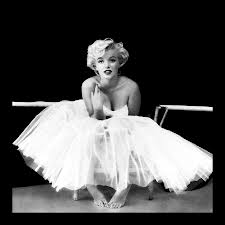I am in the process of grading Assignment #4, Portrait of a Classmate. This will be the first numerical grade for the semester. Up to this point, all assignments have been pass/fail. If you attempted the assignment you received a 100. If you did not turn in an assignment on time then a 0 was received. Your graded assignment will be turned back to you on Friday, February 28th.
Below is the grading criteria that will be used for all graded assignments this semester in PHO 111.
“100-90”= Outstanding Work. The solution of the assignment
reflects considerable understanding of the problem and showed outstanding skill
level. The assignment has been both fully developed and well communicated. There
is a clear concept that has enhanced the overall assignment. The full potential
has been explored and the student has gone remarkably above and beyond the
basic requirements and limits of the assignment. Student has shown notable
verbal skills and diligent class and lab participation.
“89-85”= Very Good Work. The solution of the assignment
has exceeded all stated requirements, and shows above-average depth of
understanding and skill. The student demonstrates more than adequate clarity of
idea, execution, and presentation, including very good craft. The student has
clear verbal skills and good class and lab participation.
“84-80”= Competent Work. The assignment has been solved
adequately. The solution shows a basic depth of understanding and development.
There is a command of the materials, idea, and principles. The student has
covered the basic requirements of the assignment. Camera/
computer skills are simply adequate. Student shows good verbal skills
and class and lab participation.
“80-70”= Average Work. Completed the assignment but
showed an extreme weakness in solution to the problem/assignment lacking depth,
understanding, and innovation. Craft is weak. Appropriate computer/camera
skills have not been demonstrated. Student has class and lab participation.
“69 & below”= Poor Work. An extremely weak solution to
the problem lacking depth, understanding, and innovation is demonstrated. Craft
is weak. Appropriate skill level has not been demonstrated. Student class and
lab participation is weak or not at all.
“F”= Unacceptable Work or Work Not Submitted. Student has had little or no
class or lab participation.




















